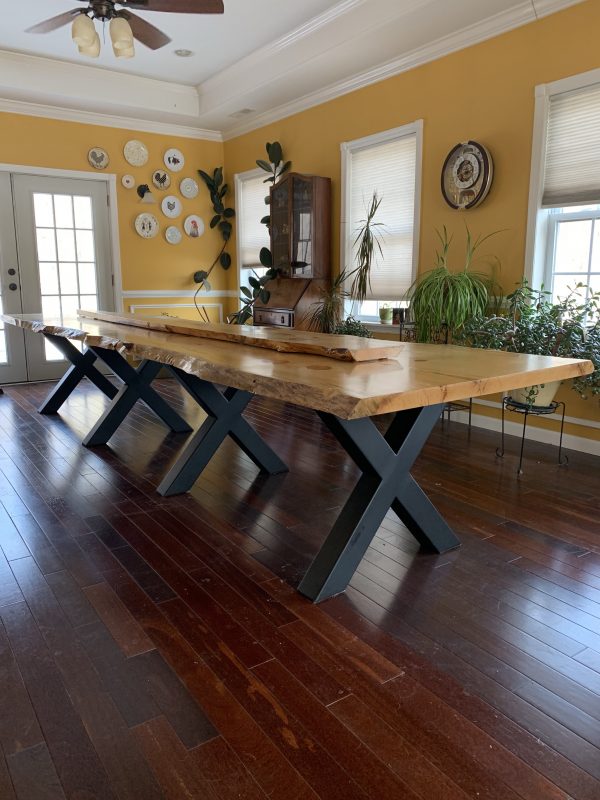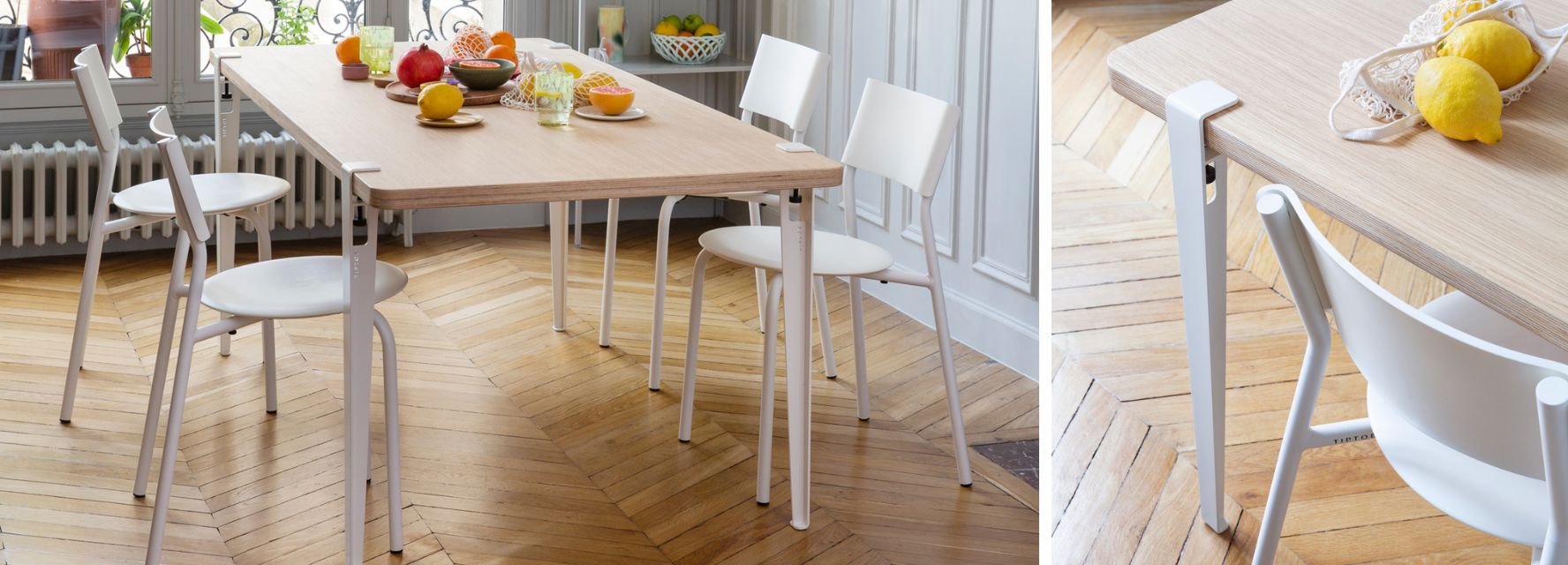How to Maintain and Care for Your Dining Room Table Legs
How to Maintain and Care for Your Dining Room Table Legs
Blog Article
Specialist Tips for Installing Dining-room Table Legs for Optimum Security
When it involves installing dining space table legs, achieving optimum stability is vital for both capability and appearances. The process starts with picking the ideal products and equipment, followed by thorough placement and consideration of weight circulation. Each action plays a critical role in making sure that the finished item withstands day-to-day use without endangering security or layout stability. Nevertheless, understanding the subtleties of these elements can dramatically affect the total end result. What specific techniques can improve stability also further?
Pick the Right Legs
When choosing the proper legs for your eating space table, it is important to take into consideration both performance and visual appeals. The legs you pick will considerably influence the overall style and security of the table. Evaluate the table's intended usage; if you anticipate constant celebrations, tougher legs, such as those made from solid timber or steel, might be extra ideal, as they offer enhanced toughness and assistance.
Following, take into consideration the elevation and design of the legs in relation to the tabletop. Conventional table normally vary from 28 to 30 inches in elevation, so make certain the legs straighten with this requirement for convenience. The style of the legs must match the style of the tabletop-- whether it be contemporary, rustic, or traditional. For example, conical legs can include a contemporary touch, while turned legs could communicate a much more timeless visual.

Select Appropriate Equipment
How can the appropriate hardware boost the stability and longevity of your dining area table? The choice of ideal equipment is critical to making sure that the legs of your table are firmly attached and able to withstand regular usage. Top quality screws, bolts, and braces supply the necessary toughness to sustain the weight of the table, along with any added lots put upon it throughout gatherings or meals.
When selecting screws, go with those made from resilient products such as stainless steel or brass, which stand up to rust and preserve integrity in time. The size of the screws is equally crucial; they need to penetrate deeply into the table's framework without jeopardizing honesty. For bolted links, take into consideration utilizing lock washers to avoid loosening up due to vibration or motion.
In addition, using corner brackets can include added assistance, particularly for larger tables or those with much heavier tops. These brackets disperse weight evenly and aid preserve the table's shape. Making sure that the hardware you pick is ideal for the specific materials of your table will further improve its general stability and long life, enabling you to appreciate your eating experience for several years to find.
Ensure Proper Alignment
Proper placement of dining-room table legs is important for both visual allure and useful security. Misaligned legs can cause an uneven table top, which may not only be visually unattractive but also endanger the table's functionality. To attain ideal alignment, start by determining the range from the table's corners to the leg accessory points. This makes sure that each leg is located equidistant from the sides, creating a balanced look.
Make use of a level during installment to validate that each leg is vertical to the table top. This action is vital, as even minor disparities can intensify right into considerable security concerns gradually. It is a good idea to mark the desired leg settings on the bottom of the table with a pencil or covering up tape prior to securing them. This practice works as home a visual guide, permitting modifications as needed.
In addition, double-check the alignment after the first screws are tightened up, as changes might be essential prior to fully securing the hardware. By prioritizing appropriate alignment, you not just boost the table's total design but additionally make sure that it stays useful and steady for years ahead.

Think About Weight Distribution
After guaranteeing correct alignment of the dining area table legs, it is essential to think about weight distribution to boost stability and performance. dining room table legs. Appropriate weight circulation is crucial in stopping wobbling and guaranteeing that the table can support its intended tons without threat of tipping or breaking down
When positioning the legs, guarantee they are placed at equivalent ranges from the center of the table to uniformly distribute the weight throughout the structure. Take into consideration the weight of the table top and any items that will regularly hinge on it, such as tabletop home appliances or decorative items. Tables with heavier surface areas must ideally have legs located closer to the edges, as this takes full advantage of the base of support and decreases the risk of instability.
In addition, if the table is intended for use in a high-traffic location, think about making use of much heavier products for the legs or including supporting elements, such as cross-bracing or a lower shelf - dining room table legs. These changes can assist keep balance and stop changing throughout usage. Ultimately, a well-considered weight circulation approach will considerably improve the table's total performance, ensuring it stays a functional and attractive focal point for your dining space
Examination Stability Before Usage
Checking the stability of the dining-room table prior to usage is an essential step that ought to not be overlooked. Ensuring that the table is protected and secure can stop mishaps and lengthen the life expectancy of the furnishings. Begin by using mild stress to various points on the table surface. Press down on the facility and after that along the sides, shifting or observing any wobbling. If the table reveals instability, recognize the legs or joints that may require change.
Next, inspect that all screws and fasteners are tightened up correctly. Loosened links can lead to instability and prospective damage gradually. If required, make use of wood glue on joints to enhance stability, ensuring to enable adequate try this web-site drying time.

Final Thought
In verdict, the installment of dining-room table legs calls for mindful consideration of products, hardware, placement, and weight distribution to accomplish maximum stability. By selecting tough legs and premium bolts, making certain accurate positioning, and dispersing weight evenly, the architectural honesty of the table can be considerably improved. Carrying out a security test prior to regular use additionally ensures that the table will stand up to day-to-day stress, therefore providing a secure and reliable dining experience.
When it comes to installing dining room table legs, attaining optimum security is critical for both functionality and looks. The legs you select will considerably impact the total style and security of the table (dining room table legs). Common dining tables commonly range from 28 to 30 inches in height, so guarantee the legs align with this requirement for comfort.Proper alignment of dining area table legs is crucial for both aesthetic charm and useful stability.In conclusion, the setup of eating space table legs go to my site requires careful factor to consider of products, weight, equipment, and positioning distribution to achieve optimum security
Report this page